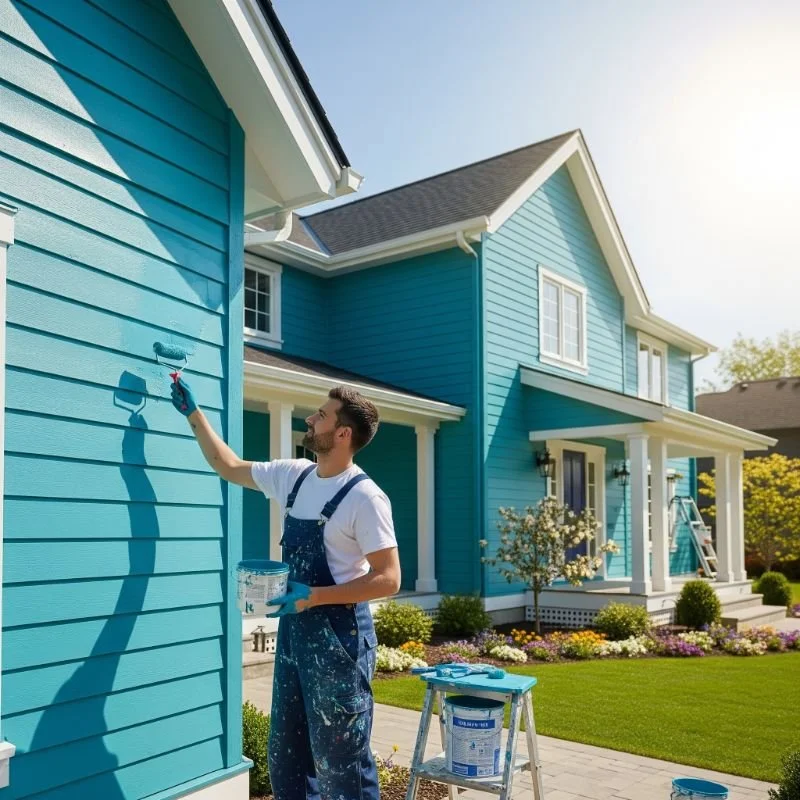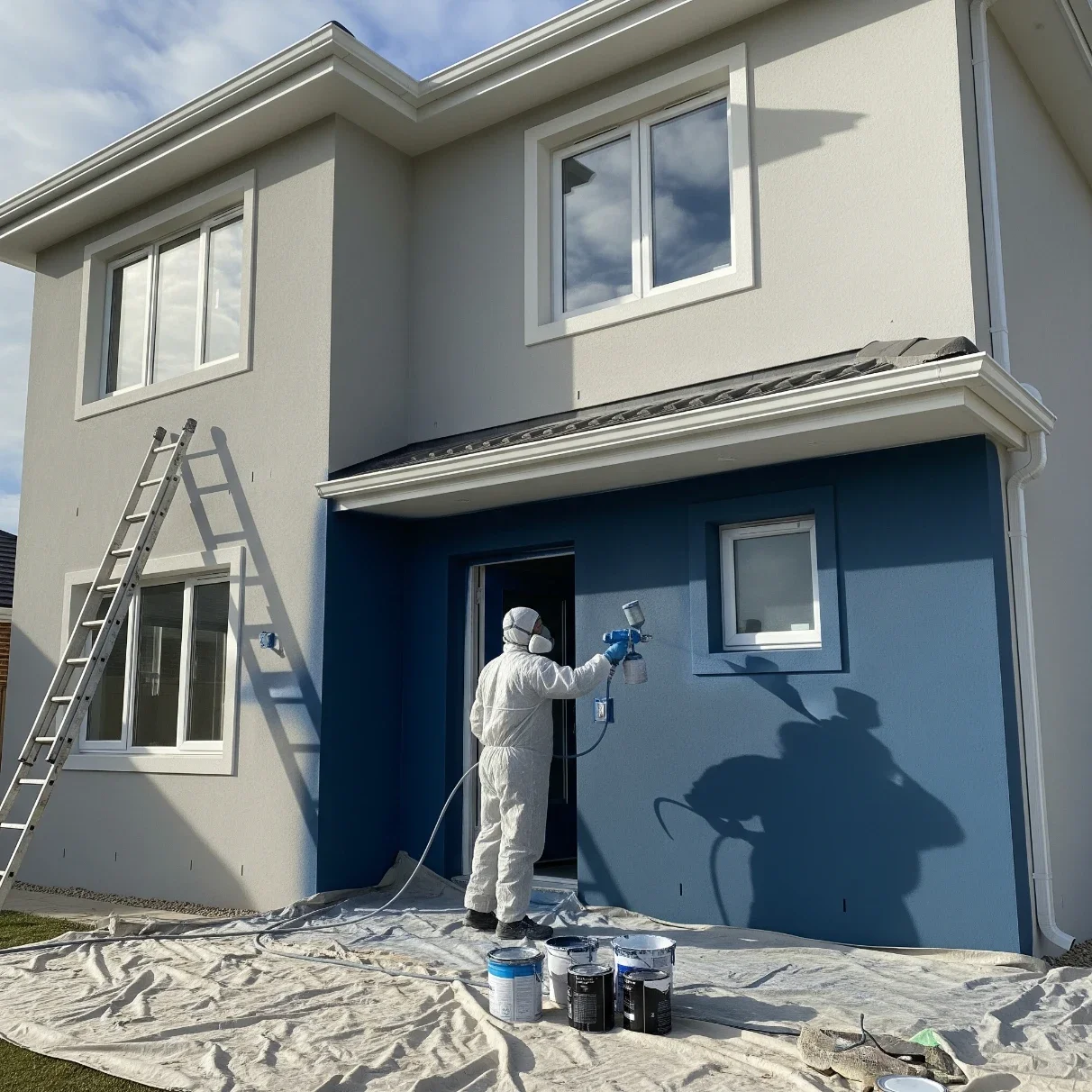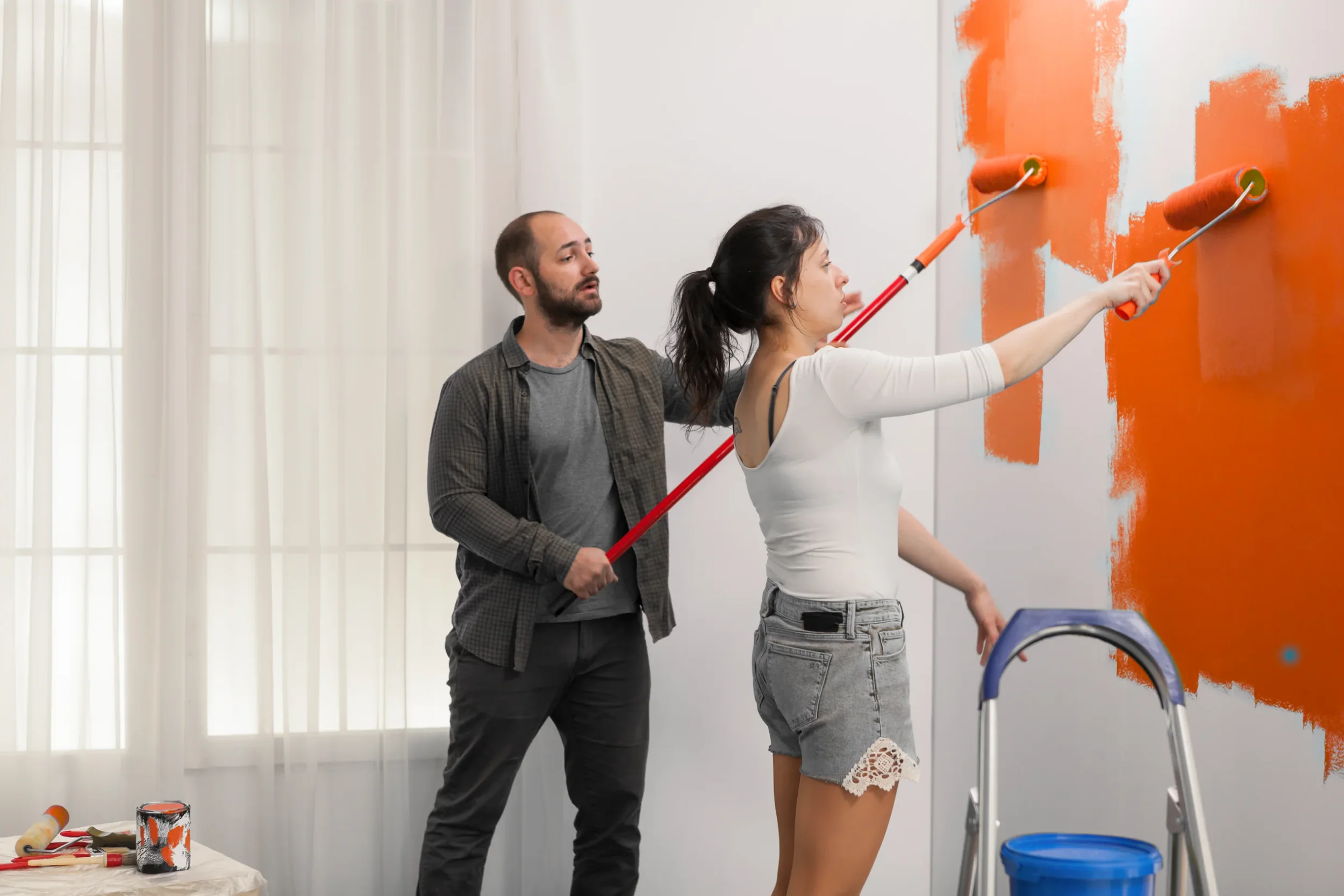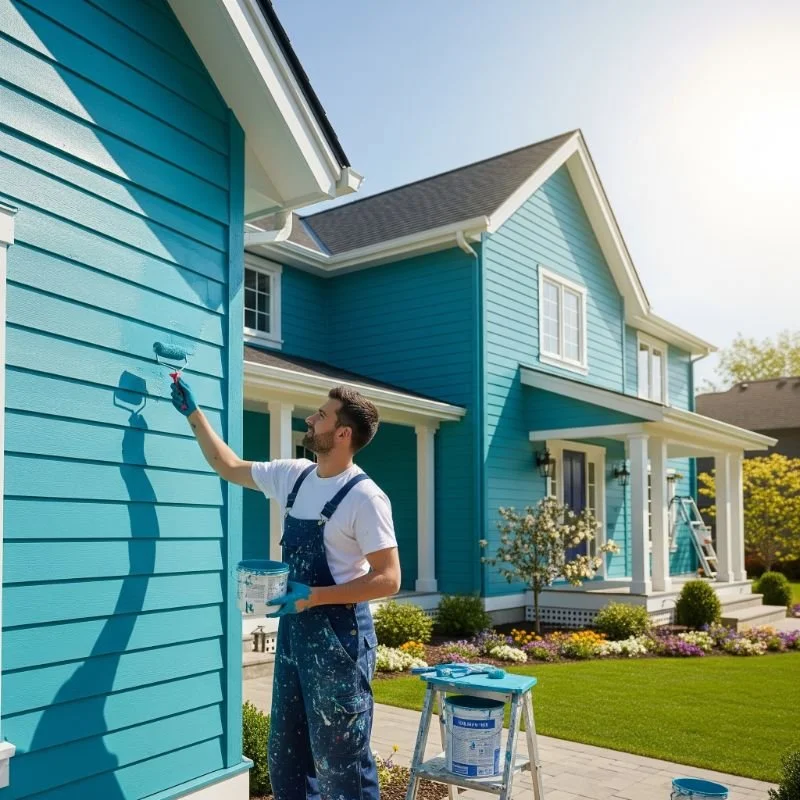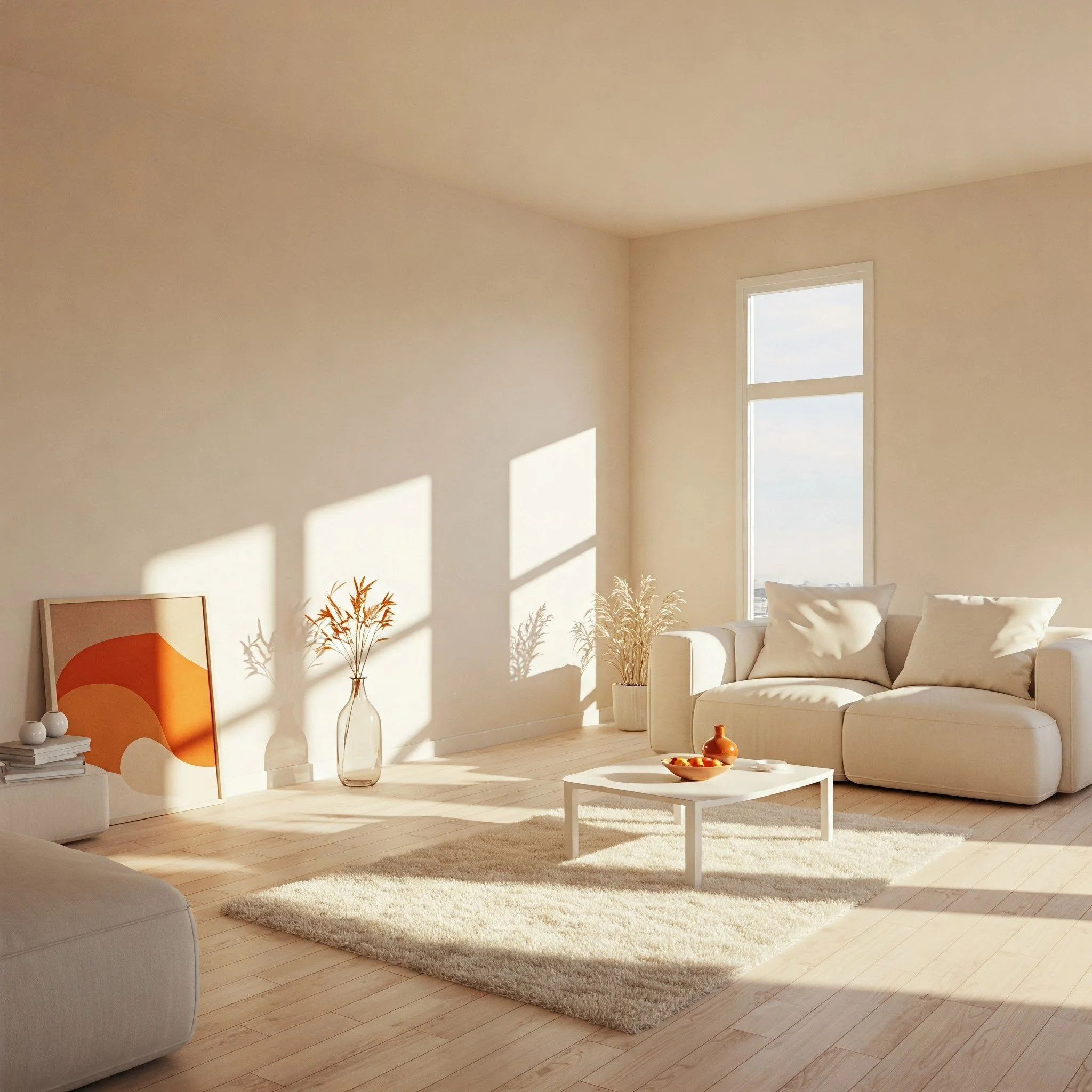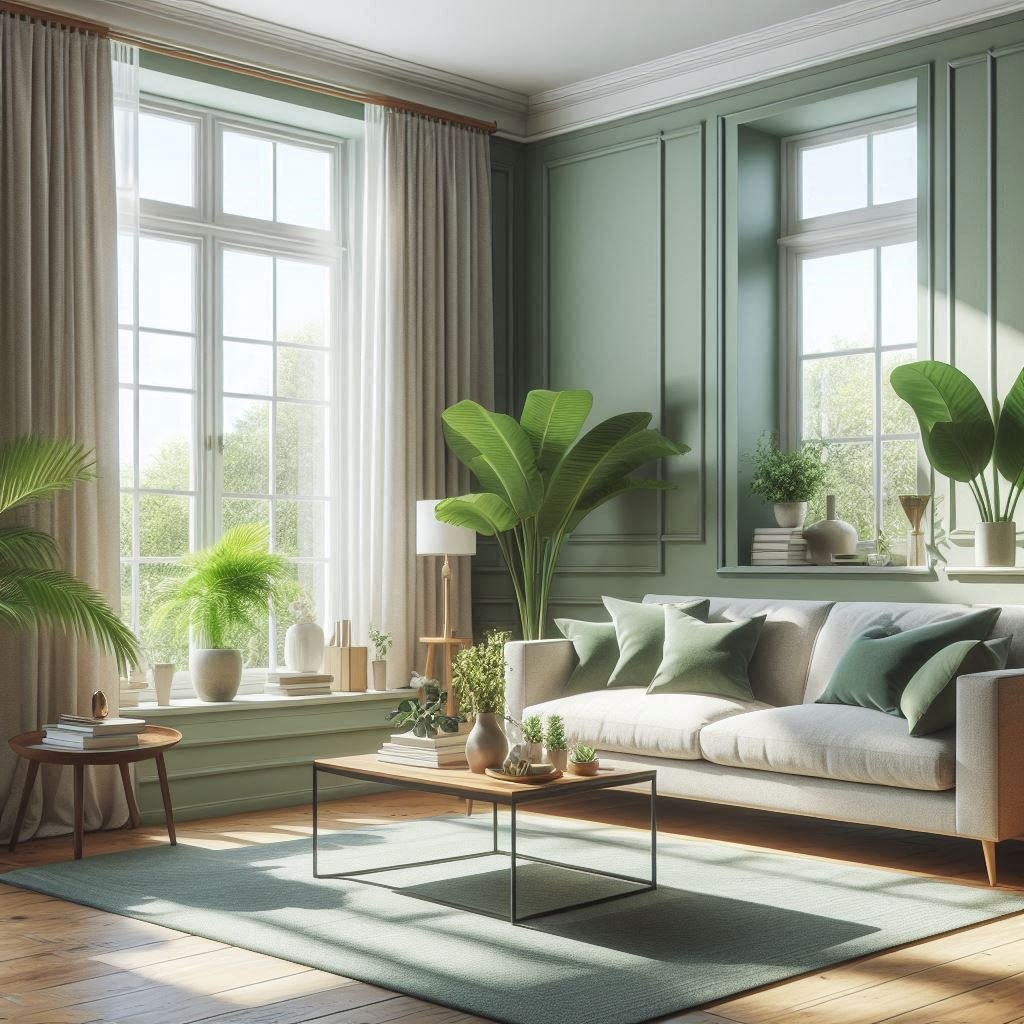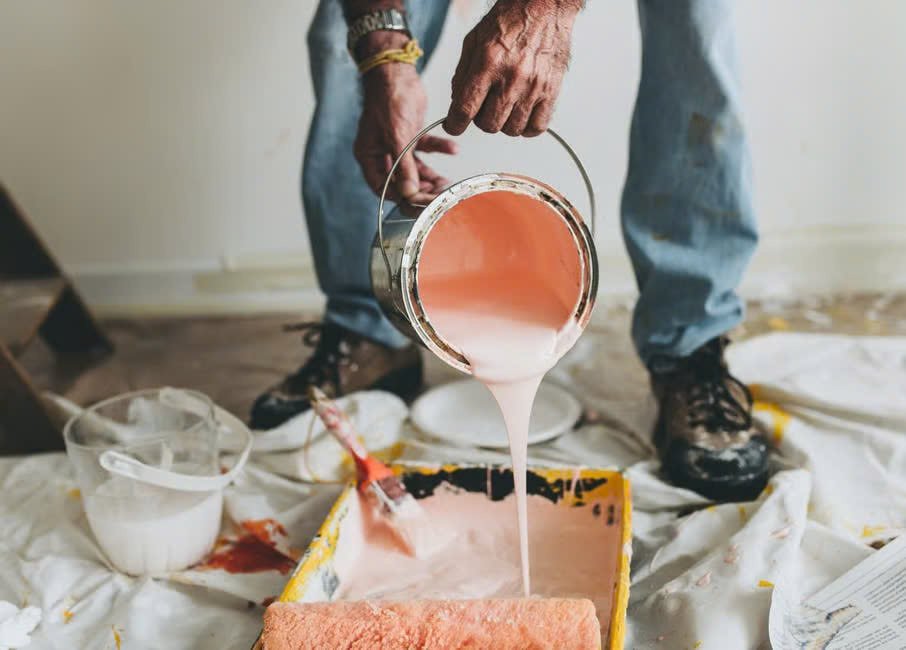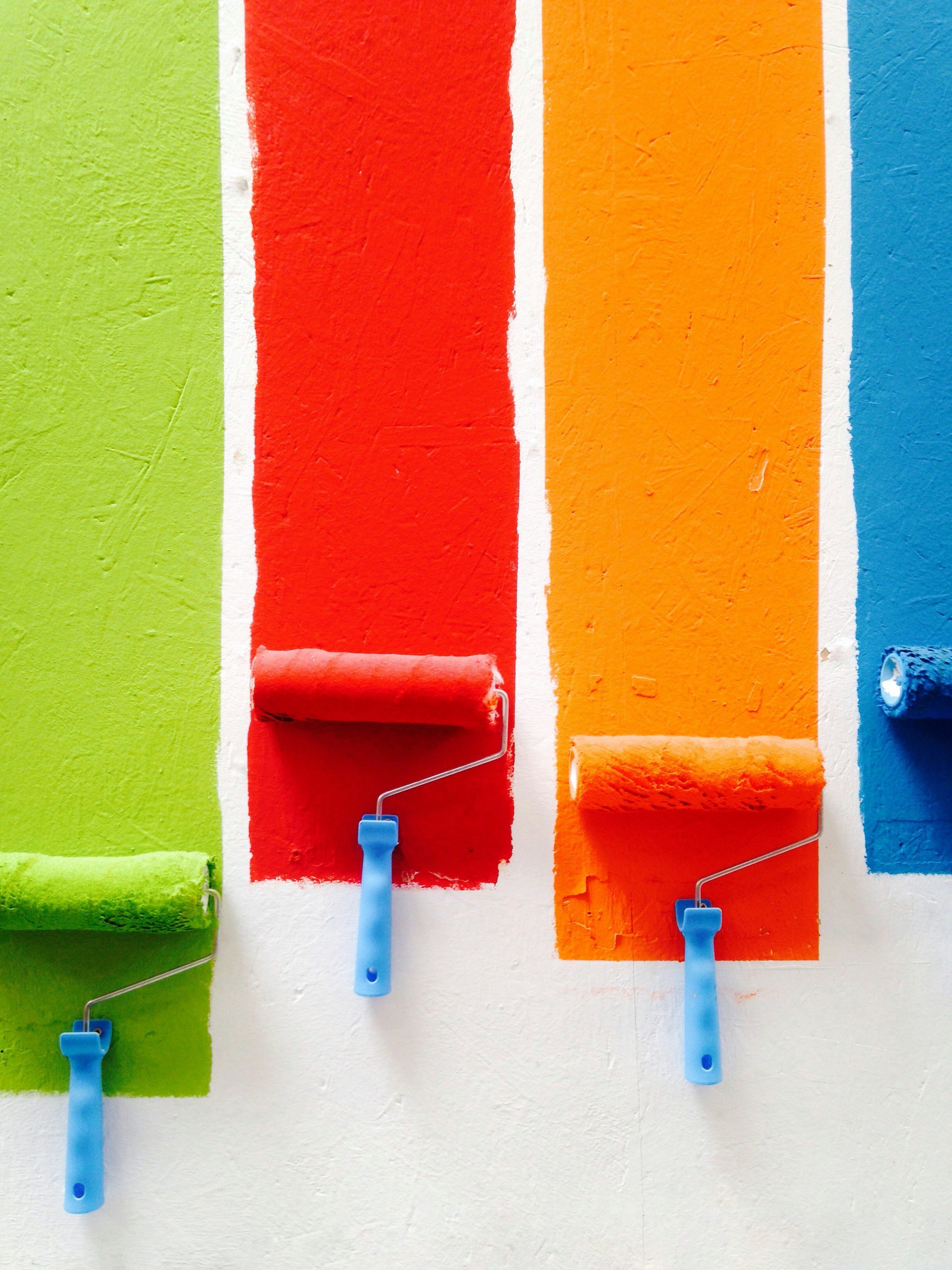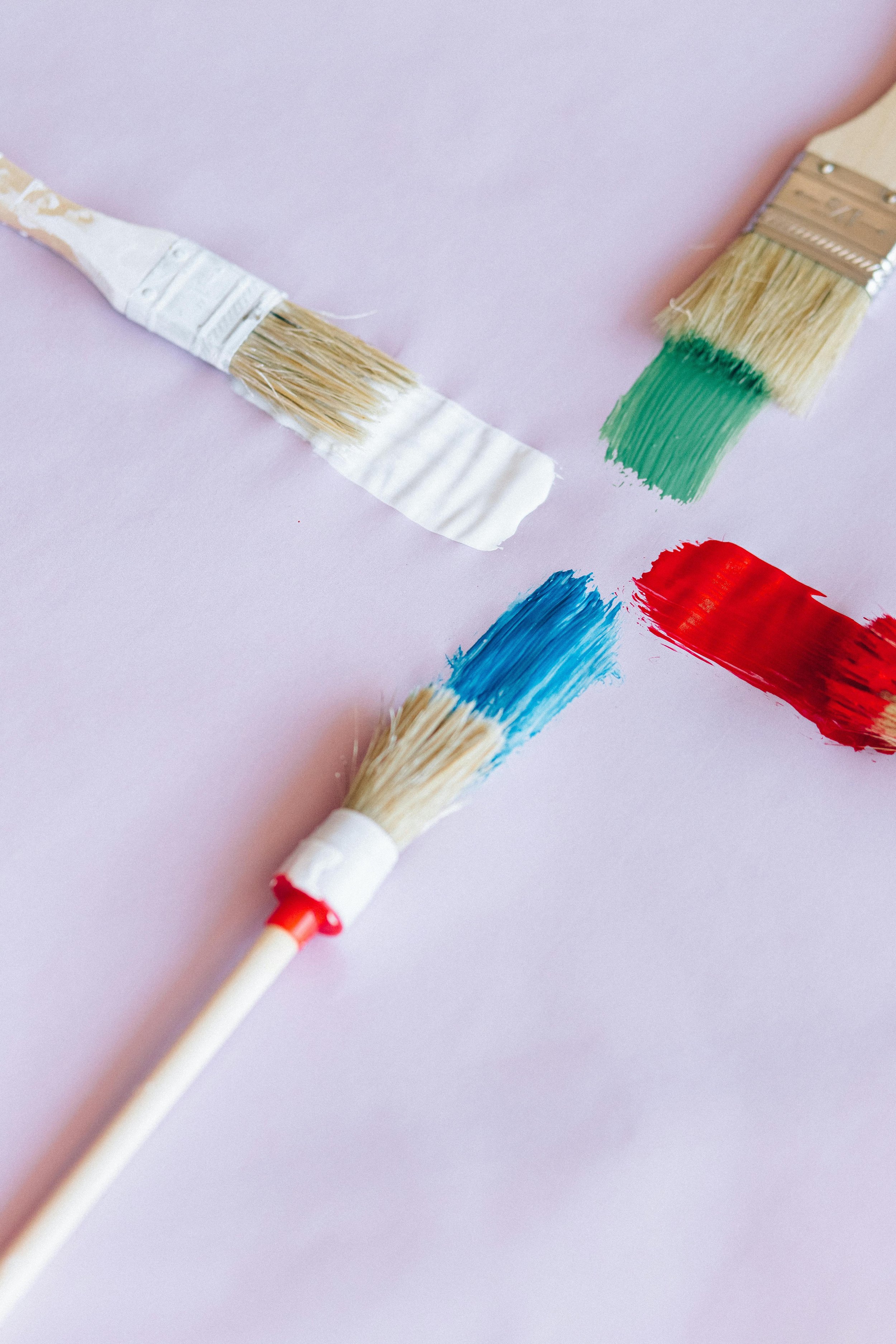Top 7 Secrets for Flawless Residential & Commercial Paint Projects (And How to Avoid Costly DIY Pitfalls)
Discover 7 expert secrets to achieve flawless paint results in homes or businesses—plus tips to avoid expensive DIY mistakes and rework.
Painting seems simple at first glance. But whether you’re updating your home or a commercial space, getting that perfect, polished finish takes more than just a can of paint and a brush. Many DIYers jump in with excitement, only to end up with uneven coats, peeling walls, or the need to repaint entirely.
To help you avoid costly mistakes and achieve a smooth, professional-looking result, here are the top 7 secrets that painting experts always follow.
1. Proper Surface Preparation is Non-Negotiable
The success of any painting job depends heavily on what you do before the first stroke of paint. That means cleaning, sanding, patching, and priming the surface. Professionals often spend more time prepping than painting.
Common DIY mistake: Skipping prep leads to peeling, bubbling, and poor paint adhesion.
2. Never Skip the Primer
Primer helps create an even surface and allows the paint to adhere properly. It is especially important when painting over dark colors, patchy areas, or raw surfaces like new drywall.
Common DIY mistake: Applying paint without a primer can cause uneven color and premature wear.
3. Use the Right Paint for the Right Space
Different rooms and building types require different paint types. A semi-gloss may be perfect for kitchens, while a flat finish works better in low-traffic areas. Commercial spaces may need high-durability coatings.
Common DIY mistake: Using the same paint finish everywhere, including high-moisture or high-traffic areas.
4. Invest in High-Quality Tools
Brushes, rollers, painter’s tape, and drop cloths are not all created equal. Cheap tools may shed fibers, leave streaks, or fail to deliver clean lines.
Common DIY mistake: Buying low-cost supplies that ruin the paint finish and create more work.
5. Take Your Time and Don’t Rush the Process
Painting isn’t just about covering the wall with color. It requires patience to apply even coats, allow proper drying time, and correct imperfections along the way.
Common DIY mistake: Applying a second coat too soon or skipping it entirely, which leads to patchy coverage.
6. Always Test Paint Colors First
Paint looks different in various lighting conditions. What seems like the perfect shade in the store may look completely different on your walls at home.
Common DIY mistake: Choosing paint based on a swatch or online image without testing it in your actual space.
7. Know When to Hire a Pro
Some projects are just too large, detailed, or time-sensitive for DIY. If you want long-lasting, clean, and impressive results, a professional painter is often the smarter (and more affordable in the long run) choice. In fact, if you want to find good custom painting services, it's better to get expert advice early on and avoid major mistakes.
Common DIY mistake: Taking on more than you can handle, which often leads to incomplete or unsatisfactory results.
Final Thoughts
A good paint job can transform any space, but only if it's done properly. With the right preparation, tools, and techniques, your walls can look like they were finished by a pro. And when the task is too big or too detailed, don’t hesitate to bring in expert help.
In the end, flawless painting is not just about color. It’s about planning, quality, and knowing when to DIY and when to call in the pros.
